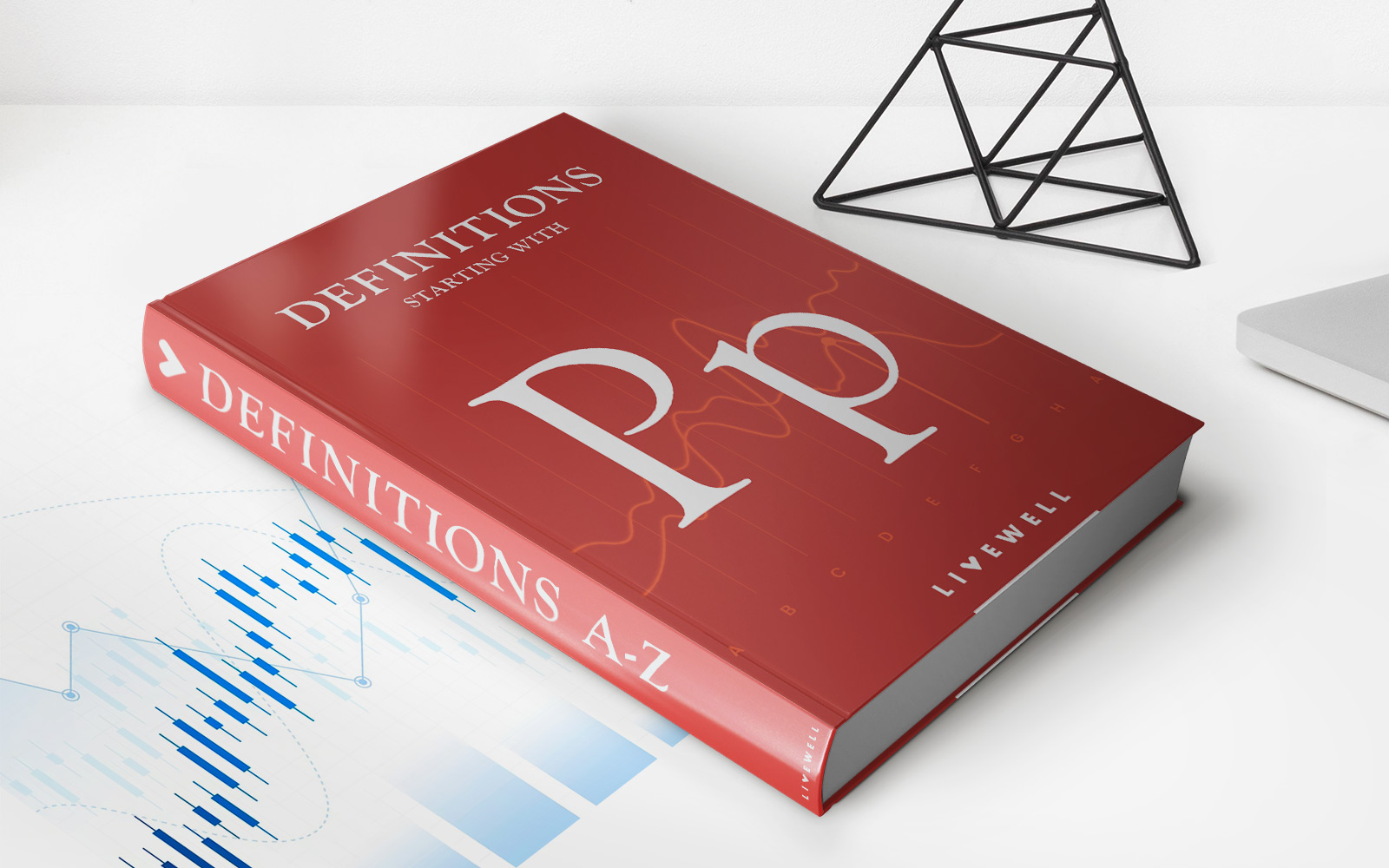Home>Finance>Accounts Receivable Aging: Definition, Calculation, And Benefits


Finance
Accounts Receivable Aging: Definition, Calculation, And Benefits
Modified: October 11, 2023
Learn the ins and outs of Accounts Receivable Aging in finance, including its definition, calculation methods, and the benefits it offers to businesses.
(Many of the links in this article redirect to a specific reviewed product. Your purchase of these products through affiliate links helps to generate commission for LiveWell, at no extra cost. Learn more)
Understanding the Importance of Accounts Receivable Aging
As you navigate through the world of finance, it’s important to have a firm understanding of various concepts and techniques that can help you effectively manage your business’s financial health. One such concept is accounts receivable aging. But what exactly is accounts receivable aging, and why is it important? In this article, we’ll delve into the definition, calculation, and benefits of accounts receivable aging.
Key Takeaways:
- Accounts receivable aging helps businesses track and analyze the age of outstanding customer invoices.
- By calculating accounts receivable aging, businesses can identify potential cash flow issues and take necessary actions to mitigate them.
What is Accounts Receivable Aging?
Accounts receivable aging is a method used by businesses to track and analyze the age of their outstanding customer invoices. It provides a snapshot of how long invoices have been outstanding and categorizes them into different time frames, typically 30 days, 60 days, 90 days, and beyond. This analysis helps businesses gain insight into their current cash flow and enables them to identify potential issues with late payments or non-payment from customers.
Calculating Accounts Receivable Aging
To calculate accounts receivable aging, businesses need to categorize their outstanding invoices based on their due dates. The following steps can help you calculate accounts receivable aging effectively:
- Gather a list of all outstanding customer invoices.
- Categorize the invoices based on their due dates. Typically, businesses use time frames of 30 days, 60 days, 90 days, and beyond, but this can vary depending on the industry.
- Calculate the outstanding balance for each time frame by summing up the respective invoices.
- Generate an accounts receivable aging report that provides a clear overview of the aging categories and their corresponding balances.
This report allows businesses to monitor their cash flow and identify any potential delays or issues with payments from specific customers or across certain time frames.
The Benefits of Accounts Receivable Aging
Accounts receivable aging offers several benefits to businesses, including:
- Improved Cash Flow Management: By understanding the age of outstanding invoices, businesses can take proactive measures to ensure prompt payment and avoid cash flow disruptions.
- Identifying Collection Issues: Tracking accounts receivable aging can help businesses identify problematic customers who consistently delay payments or struggle with outstanding balances.
- Spotting Trends: Analyzing the accounts receivable aging report over time can reveal patterns or trends in payment delays, allowing businesses to make informed decisions about credit terms, collections, or potential changes in billing practices.
- Better Decision Making: Accounts receivable aging offers valuable data for decision-making processes, such as determining credit limits for customers, evaluating the effectiveness of credit and collections policies, or identifying the need for adjustments or improvements in invoicing and payment processes.
Understanding and utilizing accounts receivable aging is crucial for businesses of all sizes and industries. By effectively managing your accounts receivable and staying on top of outstanding invoices, you can optimize cash flow, enhance customer relationships, and make informed decisions to drive financial growth.
So, take the time to implement accounts receivable aging in your financial management strategy and reap the benefits it has to offer. Your business’s financial health will thank you!














